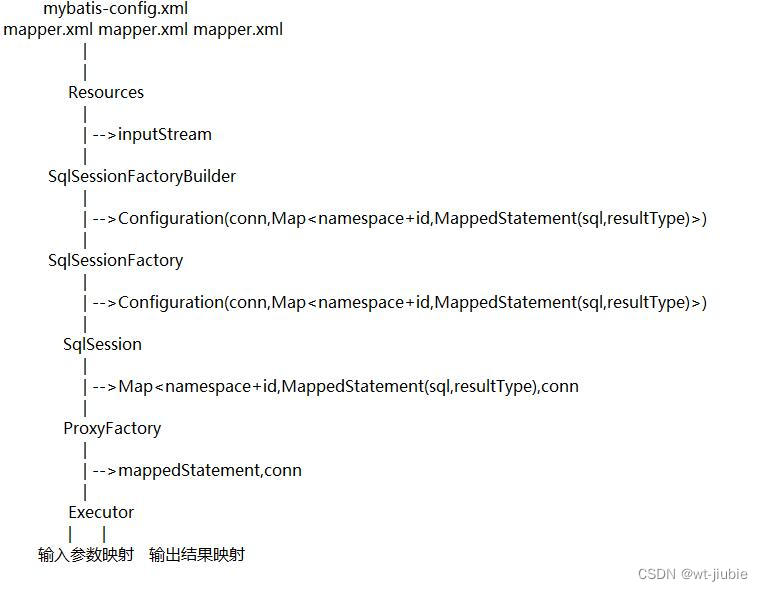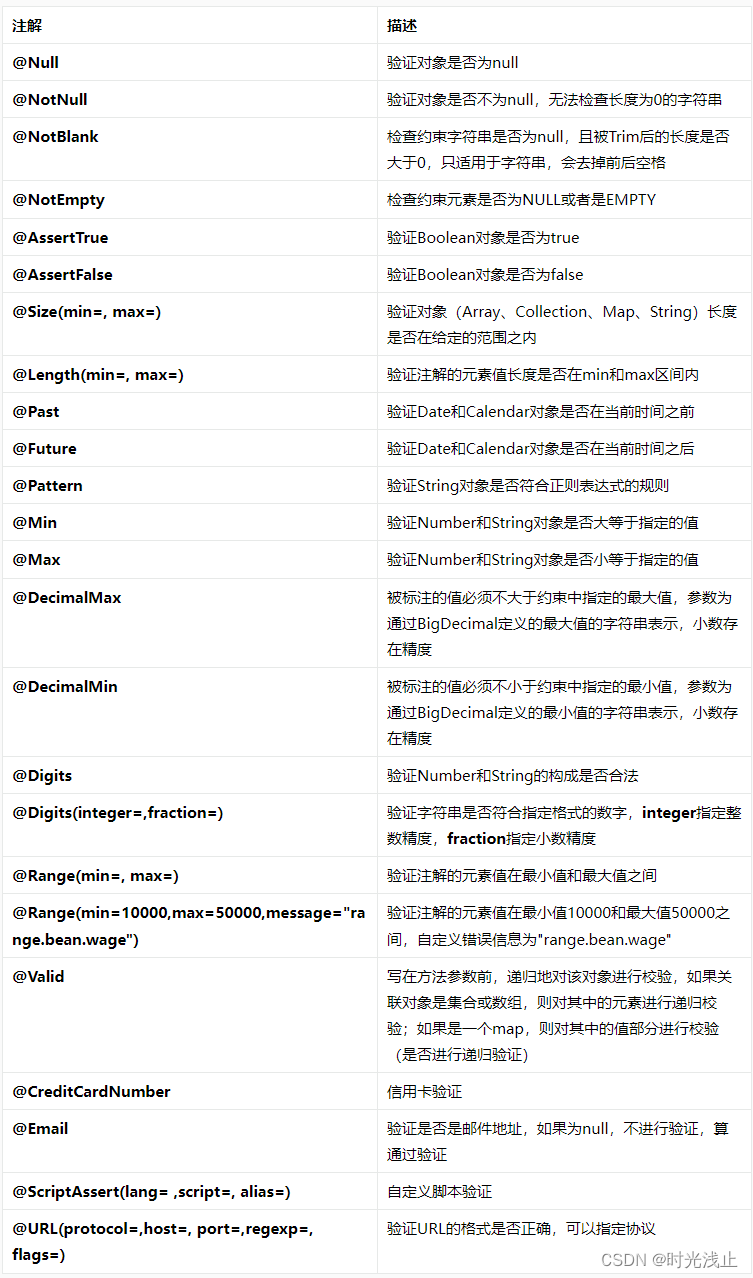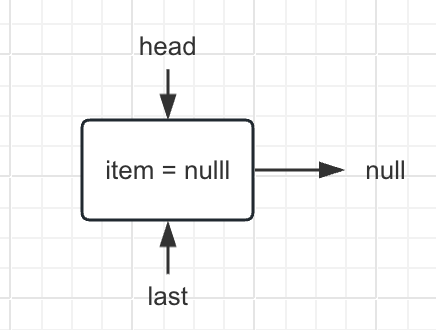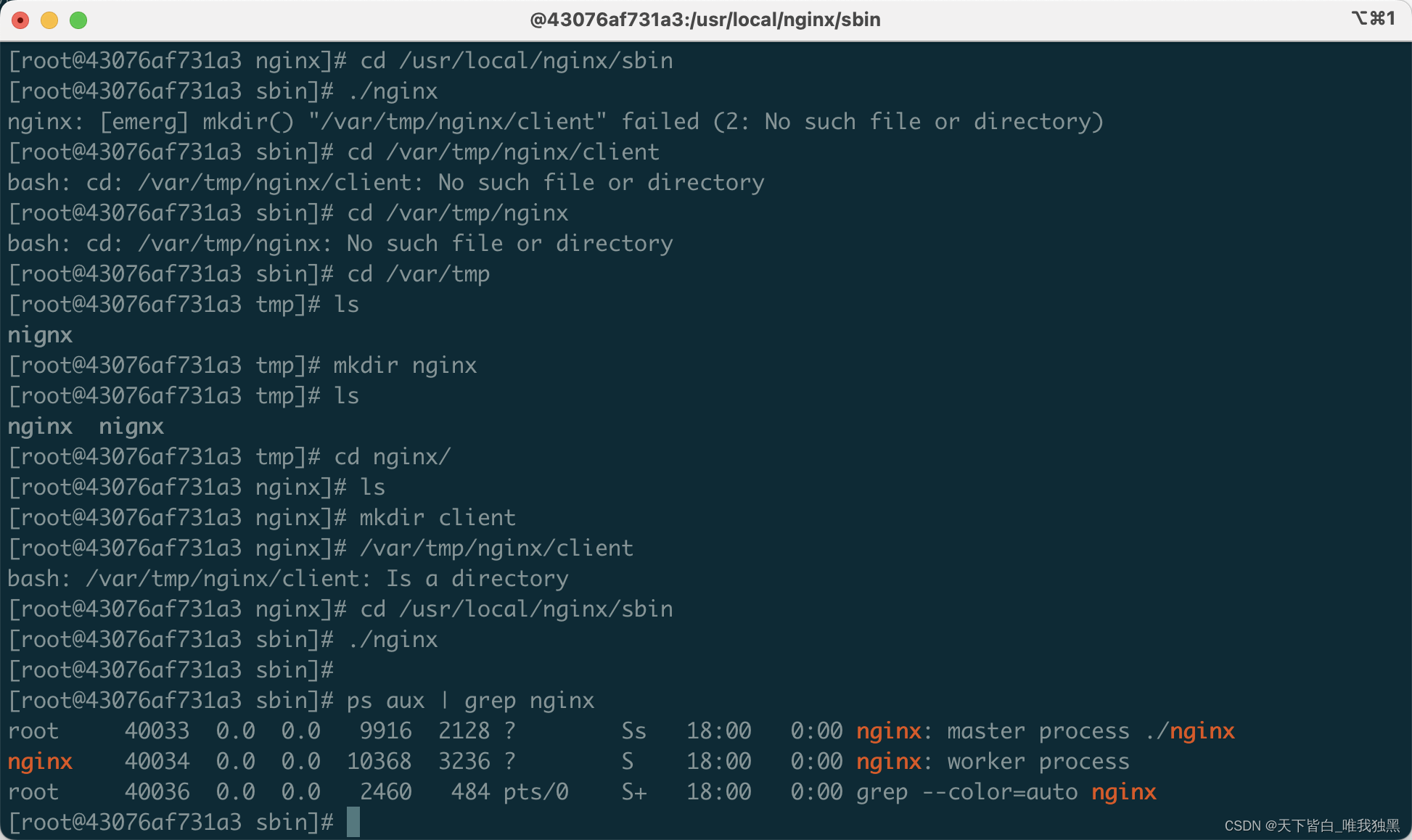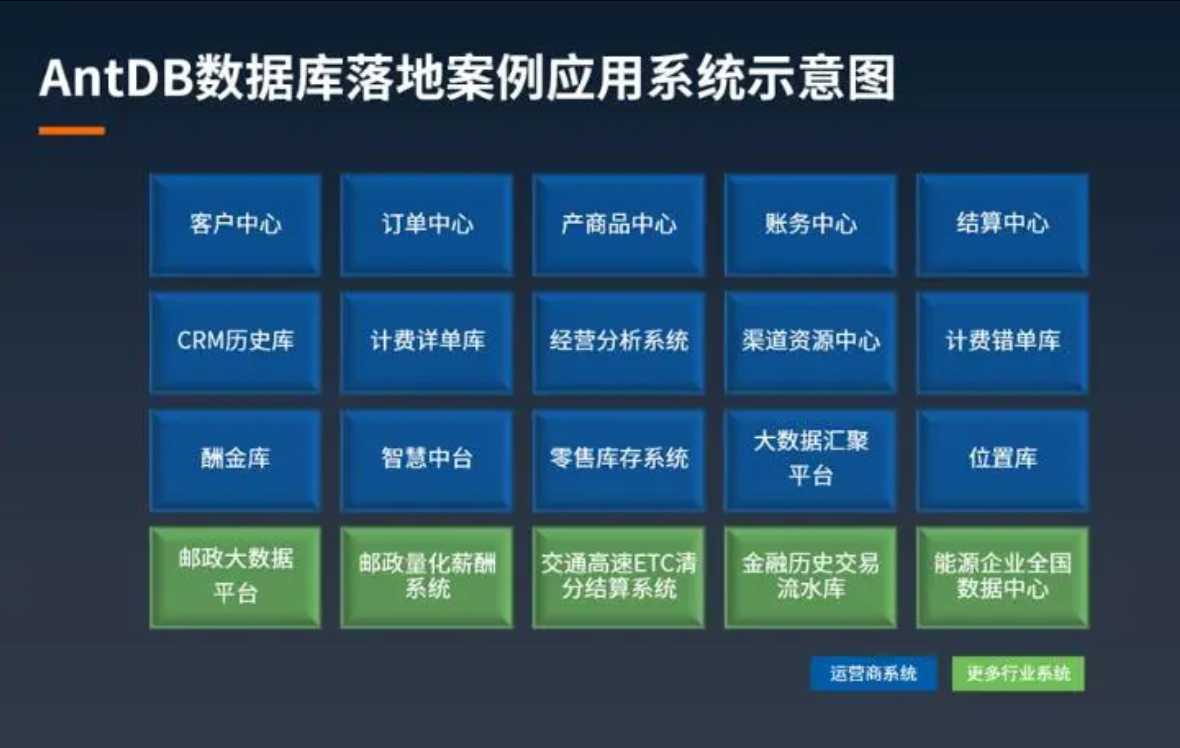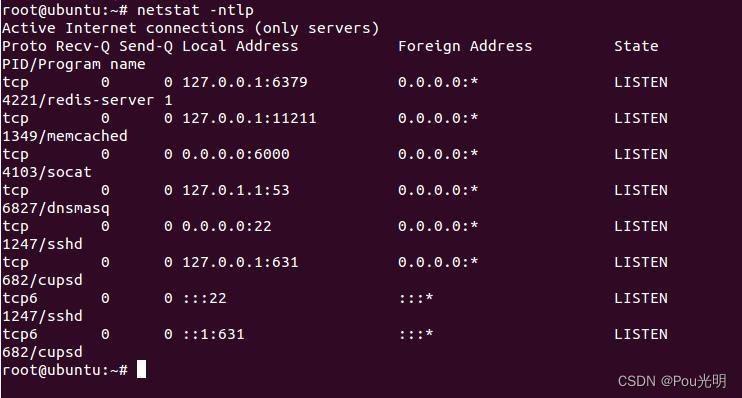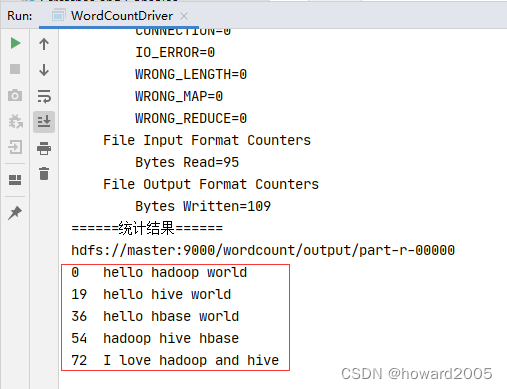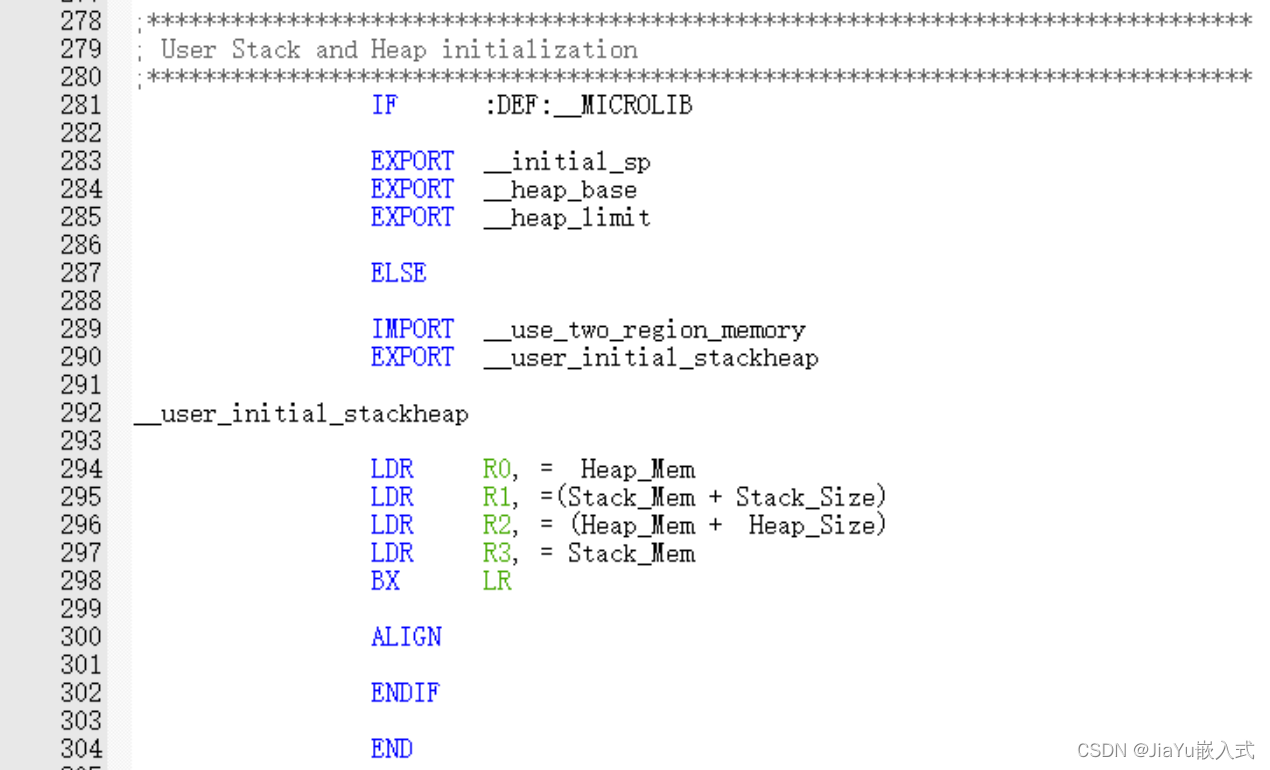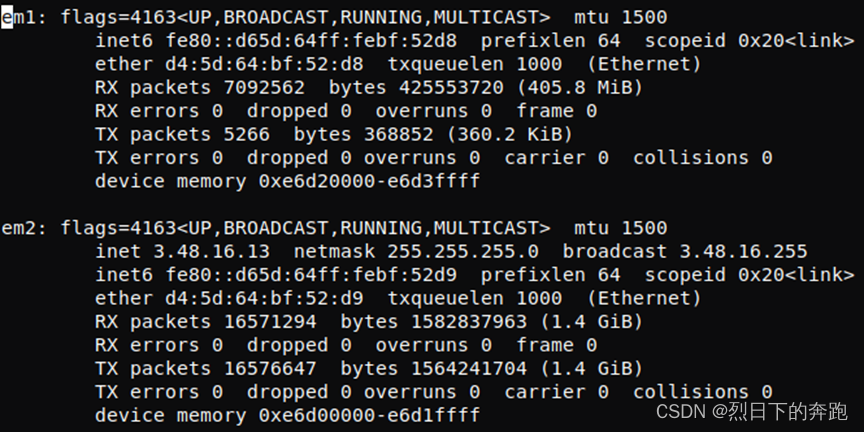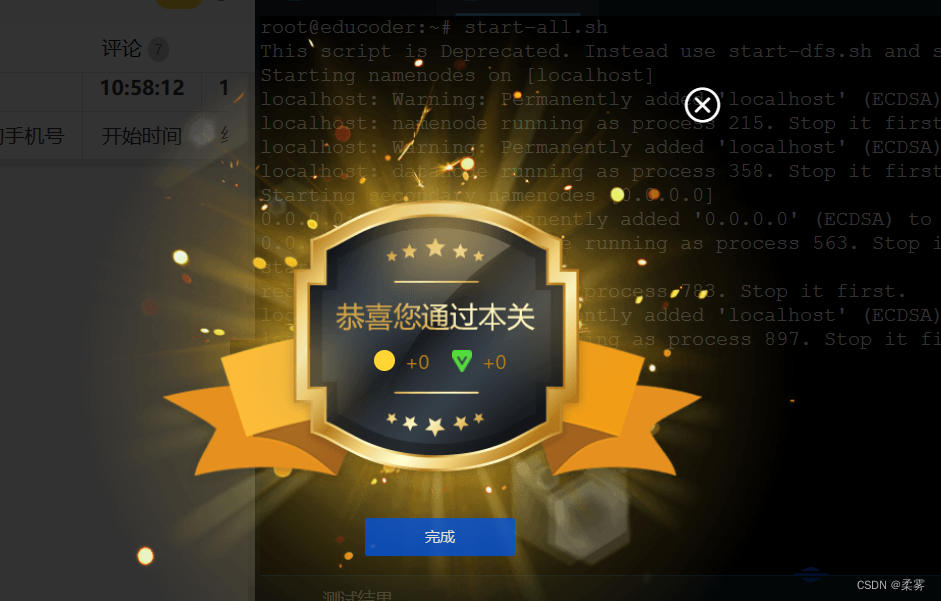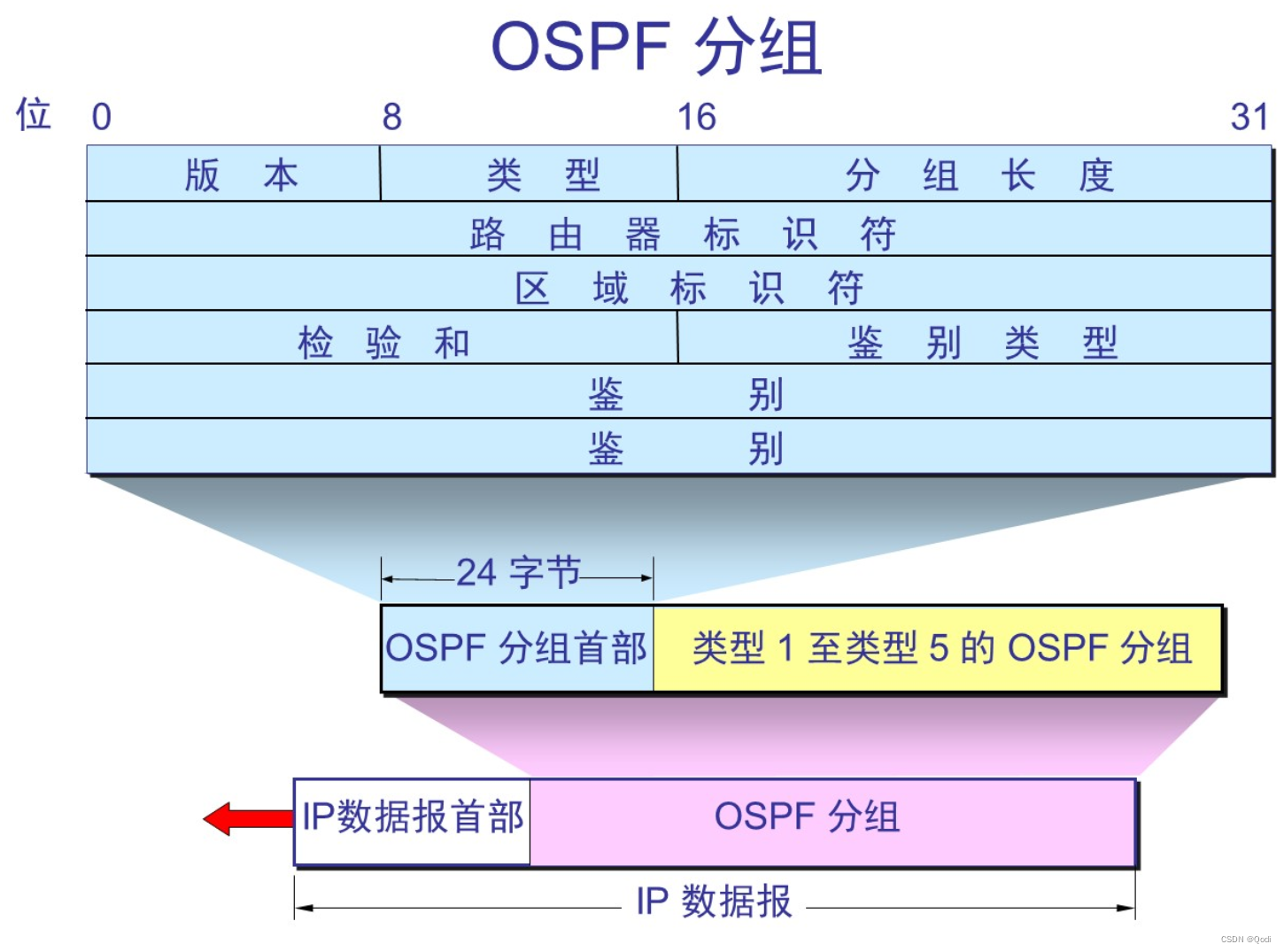1.自定义MyBatis-了解
创建工程,拷贝上一个工程代码,去掉mybatis的依赖:
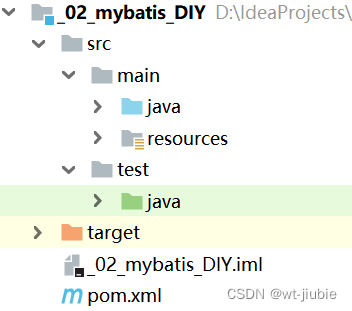
1.1.MyBatis的核心对象
我们已经通过案例体验到了mybatis的魅力。现在来梳理一下MyBatis运行时的几个对象,我们需要搞清楚他们的作用,进而需要理解mybatis的整个工作流程和执行原理。
-
Resources
加载配置文件,有一种是使用类加载进行加载,我们通过这个类的类加载器进行资源的加载。
-
SqlSessionFactoryBuilder
构建SqlSessionFactory工厂对象需要的对象。采用了构建者模式,屏蔽了对象构建的细节。
-
SqlSessionFactory
创建SqlSession对象所用。使用工厂模式创建,目的就是解耦合。
-
SqlSession
创建代理对象,使用了代理模式。
-
Executor
操作数据库
-
MappedStatement
存储SQL语句、参数、输出结果类型
1.2.pom.xml
和以前类似,就是删除了mybatis依赖,添加了一些其他依赖
<?xml version="1.0" encoding="UTF-8"?>
<project xmlns="http://maven.apache.org/POM/4.0.0"
xmlns:xsi="http://www.w3.org/2001/XMLSchema-instance"
xsi:schemaLocation="http://maven.apache.org/POM/4.0.0 http://maven.apache.org/xsd/maven-4.0.0.xsd">
<modelVersion>4.0.0</modelVersion>
<groupId>com.by</groupId>
<artifactId>02_mybatis_DIY</artifactId>
<version>1.0-SNAPSHOT</version>
<properties>
<!-- 项目源码及编译输出的编码 -->
<project.build.sourceEncoding>UTF-8</project.build.sourceEncoding>
<project.reporting.outputEncoding>UTF-8</project.reporting.outputEncoding>
<!-- 项目编译JDK版本 -->
<maven.compiler.source>8</maven.compiler.source>
<maven.compiler.target>8</maven.compiler.target>
</properties>
<dependencies>
<dependency>
<groupId>mysql</groupId>
<artifactId>mysql-connector-java</artifactId>
<version>5.1.47</version>
<!--
mysql版本为8的要更改
<version>8.0.28</version>
-->
</dependency>
<dependency>
<groupId>log4j</groupId>
<artifactId>log4j</artifactId>
<version>1.2.17</version>
</dependency>
<dependency>
<groupId>junit</groupId>
<artifactId>junit</artifactId>
<version>4.12</version>
</dependency>
<!-- 解析xml的dom4j -->
<dependency>
<groupId>dom4j</groupId>
<artifactId>dom4j</artifactId>
<version>1.6.1</version>
</dependency>
<!-- dom4j的依赖包jaxen -->
<dependency>
<groupId>jaxen</groupId>
<artifactId>jaxen</artifactId>
<version>1.1.6</version>
</dependency>
</dependencies>
<build>
<!-- 如果不添加此节点src/main/java目录下的所有配置文件都会被漏掉。 -->
<resources>
<resource>
<directory>src/main/java</directory>
<includes>
<include>**/*.xml</include>
</includes>
</resource>
</resources>
</build>
</project>
1.3.utils
我们需要三个工具类:
- XMLConfigBuilder:解析XMl配置文件。
import com.by.cfg.Configuration;
import com.by.io.Resources;
import com.by.mapping.MappedStatement;
import org.dom4j.Attribute;
import org.dom4j.Document;
import org.dom4j.Element;
import org.dom4j.io.SAXReader;
import java.io.IOException;
import java.io.InputStream;
import java.lang.reflect.Method;
import java.util.HashMap;
import java.util.List;
import java.util.Map;
/**
* 用于解析配置文件
*/
public class XMLConfigBuilder {
/**
* 解析主配置文件,把里面的内容填充到DefaultSqlSession所需要的地方
* 使用的技术:
* dom4j+xpath
*/
public static Configuration loadConfiguration(InputStream config){
try{
//定义封装连接信息的配置对象(mybatis的配置对象)
Configuration cfg = new Configuration();
//1.获取SAXReader对象
SAXReader reader = new SAXReader();
//2.根据字节输入流获取Document对象
Document document = reader.read(config);
//3.获取根节点
Element root = document.getRootElement();
//4.使用xpath中选择指定节点的方式,获取所有property节点
List<Element> propertyElements = root.selectNodes("//property");
//5.遍历节点
for(Element propertyElement : propertyElements){
//判断节点是连接数据库的哪部分信息
//取出name属性的值
String name = propertyElement.attributeValue("name");
if("driver".equals(name)){
//表示驱动
//获取property标签value属性的值
String driver = propertyElement.attributeValue("value");
cfg.setDriver(driver);
}
if("url".equals(name)){
//表示连接字符串
//获取property标签value属性的值
String url = propertyElement.attributeValue("value");
cfg.setUrl(url);
}
if("username".equals(name)){
//表示用户名
//获取property标签value属性的值
String username = propertyElement.attributeValue("value");
cfg.setUsername(username);
}
if("password".equals(name)){
//表示密码
//获取property标签value属性的值
String password = propertyElement.attributeValue("value");
cfg.setPassword(password);
}
}
//取出mappers中的所有mapper标签,判断他们使用了resource还是class属性
List<Element> mapperElements = root.selectNodes("//mappers/mapper");
//遍历集合
for(Element mapperElement : mapperElements){
//判断mapperElement使用的是哪个属性
Attribute attribute = mapperElement.attribute("resource");
if(attribute != null){
System.out.println("使用的是XML");
//表示有resource属性,用的是XML
//取出属性的值
String mapperPath = attribute.getValue();//获取属性的值"com/by/dao/UserDao.xml"
//把映射配置文件的内容获取出来,封装成一个map
Map<String, MappedStatement> mappers = loadMapperConfiguration(mapperPath);
//给configuration中的mappers赋值
cfg.setMappers(mappers);
}else{
System.out.println("使用的是注解");
//表示没有resource属性,用的是注解
//获取class属性的值
String daoClassPath = mapperElement.attributeValue("class");
//根据daoClassPath获取封装的必要信息
Map<String,MappedStatement> mappers = loadMapperAnnotation(daoClassPath);
//给configuration中的mappers赋值
cfg.setMappers(mappers);
}
}
//返回Configuration
return cfg;
}catch(Exception e){
throw new RuntimeException(e);
}finally{
try {
config.close();
}catch(Exception e){
e.printStackTrace();
}
}
}
/**
* 根据传入的参数,解析XML,并且封装到Map中
* @param mapperPath 映射配置文件的位置
* @return map中包含了获取的唯一标识(key是由dao的全限定类名和方法名组成)
* 以及执行所需的必要信息(value是一个Mapper对象,里面存放的是执行的SQL语句和要封装的实体类全限定类名)
*/
private static Map<String,MappedStatement> loadMapperConfiguration(String mapperPath)throws IOException {
InputStream in = null;
try{
//定义返回值对象
Map<String,MappedStatement> mappers = new HashMap<String,MappedStatement>();
//1.根据路径获取字节输入流
in = Resources.getResourceAsStream(mapperPath);
//2.根据字节输入流获取Document对象
SAXReader reader = new SAXReader();
Document document = reader.read(in);
//3.获取根节点
Element root = document.getRootElement();
//4.获取根节点的namespace属性取值
String namespace = root.attributeValue("namespace");//是组成map中key的部分
//5.获取所有的select节点
List<Element> selectElements = root.selectNodes("//select");
//6.遍历select节点集合
for(Element selectElement : selectElements){
//取出id属性的值 组成map中key的部分
String id = selectElement.attributeValue("id");
//取出resultType属性的值 组成map中value的部分
String resultType = selectElement.attributeValue("resultType");
//取出文本内容 组成map中value的部分
String queryString = selectElement.getText();
//创建Key
String key = namespace+"."+id;
//创建Value
MappedStatement mapper = new MappedStatement();
mapper.setQueryString(queryString);
mapper.setResultType(resultType);
//把key和value存入mappers中
mappers.put(key,mapper);
}
return mappers;
}catch(Exception e){
throw new RuntimeException(e);
}finally{
in.close();
}
}
/**
* 根据传入的参数,得到dao中所有被select注解标注的方法。
* 根据方法名称和类名,以及方法上注解value属性的值,组成Mapper的必要信息
* @param daoClassPath
* @return
*/
private static Map<String,MappedStatement> loadMapperAnnotation(String daoClassPath)throws Exception{
//定义返回值对象
Map<String,MappedStatement> mappers = new HashMap<String, MappedStatement>();
//1.得到dao接口的字节码对象
Class daoClass = Class.forName(daoClassPath);
//2.得到dao接口中的方法数组
Method[] methods = daoClass.getMethods();
//3.遍历Method数组
for(Method method : methods){
//取出每一个方法,判断是否有select注解
/* boolean isAnnotated = method.isAnnotationPresent(Select.class);
if(isAnnotated){
//创建Mapper对象
Mapper mapper = new Mapper();
//取出注解的value属性值
Select selectAnno = method.getAnnotation(Select.class);
String queryString = selectAnno.value();
mapper.setQueryString(queryString);
//获取当前方法的返回值,还要求必须带有泛型信息
Type type = method.getGenericReturnType();//List<User>
//判断type是不是参数化的类型
if(type instanceof ParameterizedType){
//强转
ParameterizedType ptype = (ParameterizedType)type;
//得到参数化类型中的实际类型参数
Type[] types = ptype.getActualTypeArguments();
//取出第一个
Class domainClass = (Class)types[0];
//获取domainClass的类名
String resultType = domainClass.getName();
//给Mapper赋值
mapper.setResultType(resultType);
}
//组装key的信息
//获取方法的名称
String methodName = method.getName();
String className = method.getDeclaringClass().getName();
String key = className+"."+methodName;
//给map赋值
mappers.put(key,mapper);
}*/
}
return mappers;
}
}
- DataSourceUtil:获取数据库连接对象。
import com.qf.cfg.Configuration;
import java.sql.Connection;
import java.sql.DriverManager;
/**
* 用于创建数据源的工具类
*/
public class DataSourceUtil {
/**
* 用于获取一个连接
* @param cfg
* @return
*/
public static Connection getConnection(Configuration cfg){
try {
Class.forName(cfg.getDriver());
return DriverManager.getConnection(cfg.getUrl(), cfg.getUsername(), cfg.getPassword());
}catch(Exception e){
throw new RuntimeException(e);
}
}
}
- Executor:执行SQL,封装我们想要的数据。
import com.by.mapping.MappedStatement;
import java.beans.PropertyDescriptor;
import java.lang.reflect.Method;
import java.sql.Connection;
import java.sql.PreparedStatement;
import java.sql.ResultSet;
import java.sql.ResultSetMetaData;
import java.util.ArrayList;
import java.util.List;
/**
* 负责执行SQL语句,并且封装结果集
*/
public class Executor {
public <E> List<E> selectList(MappedStatement mappedStatement, Connection conn) {
PreparedStatement pstm = null;
ResultSet rs = null;
try {
//1.取出mapper中的数据
String queryString = mappedStatement.getQueryString();//select * from user
String resultType = mappedStatement.getResultType();//com.by.pojo.User
Class domainClass = Class.forName(resultType);
//2.获取PreparedStatement对象
pstm = conn.prepareStatement(queryString);
//3.执行SQL语句,获取结果集
rs = pstm.executeQuery();
//4.封装结果集
List<E> list = new ArrayList<E>();//定义返回值
while(rs.next()) {
//实例化要封装的实体类对象
E obj = (E)domainClass.newInstance();
//取出结果集的元信息:ResultSetMetaData
ResultSetMetaData rsmd = rs.getMetaData();
//取出总列数
int columnCount = rsmd.getColumnCount();
//遍历总列数
for (int i = 1; i <= columnCount; i++) {
//获取每列的名称,列名的序号是从1开始的
String columnName = rsmd.getColumnName(i);
//根据得到列名,获取每列的值
Object columnValue = rs.getObject(columnName);
//给obj赋值
PropertyDescriptor pd = new PropertyDescriptor(columnName,domainClass);//要求:实体类的属性和数据库表的列名保持一种
获取该属性的set方法
Method writeMethod = pd.getWriteMethod();
//调用set方法
writeMethod.invoke(obj,columnValue);
}
//把赋好值的对象加入到集合中
list.add(obj);
}
return list;
} catch (Exception e) {
throw new RuntimeException(e);
} finally {
release(pstm,rs);
}
}
private void release(PreparedStatement pstm,ResultSet rs){
if(rs != null){
try {
rs.close();
}catch(Exception e){
e.printStackTrace();
}
}
if(pstm != null){
try {
pstm.close();
}catch(Exception e){
e.printStackTrace();
}
}
}
}
1.4.Resources
l编写资源加载类。使用类加载器加载配置文件
package com.by.io;
import java.io.InputStream;
public class Resources {
//根据文件名称,加载类路径下面的配置文件
public static InputStream getResourceAsStream(String filePath){
return Resources.getResourceAsStream(filePath);
}
}
1.5.SqlSessionFactoryBuilder
将配置资源封装成Configuration对象,并且将该资源对象传到工厂对象中
package com.by.builder;
import com.by.cfg.Configuration;
import com.by.factory.DefaultSqlSessionFactory;
import com.by.factory.SqlSessionFactory;
import com.by.utils.XMLConfigBuilder;
import java.io.InputStream;
public class SqlSessionFactoryBuilder {
/**
* 构建SqlSessionFactory对象
* @param in
* @return
*/
public SqlSessionFactory build(InputStream in){
Configuration configuration = XMLConfigBuilder.loadConfiguration(in);
return new DefaultSqlSessionFactory(configuration);
}
}
1.6.Configuration
配置类存储所有的配置信息
package com.by.cfg;
import com.by.mapping.MappedStatement;
import java.util.HashMap;
import java.util.Map;
public class Configuration {
private String driver;
private String url;
private String username;
private String password;
/**
Map<"com.by.dao.UserDao.findAll", MappedStatement>
*/
private Map<String, MappedStatement> mappers = new HashMap<String,MappedStatement>();
public Map<String, MappedStatement> getMappers() {
return mappers;
}
public void setMappers(Map<String, MappedStatement> mappers) {
this.mappers.putAll(mappers);//此处需要使用追加的方式
}
public String getDriver() {
return driver;
}
public void setDriver(String driver) {
this.driver = driver;
}
public String getUrl() {
return url;
}
public void setUrl(String url) {
this.url = url;
}
public String getUsername() {
return username;
}
public void setUsername(String username) {
this.username = username;
}
public String getPassword() {
return password;
}
public void setPassword(String password) {
this.password = password;
}
}
1.7.MappedStatement
MappedStatement是用来封装sql语句和查询结果集
package com.by.mapping;
public class MappedStatement {
private String queryString;//SQL
private String resultType;//实体类的全限定类名
public String getQueryString() {
return queryString;
}
public void setQueryString(String queryString) {
this.queryString = queryString;
}
public String getResultType() {
return resultType;
}
public void setResultType(String resultType) {
this.resultType = resultType;
}
}
1.8.SqlSessionFactory
package com.by.factory;
public interface SqlSessionFactory {
//获取SQLSession对象
public SqlSession openSession();
}
package com.by.factory;
import com.by.cfg.Configuration;
import com.by.session.DefaultSqlSession;
import com.by.session.SqlSession;
public class DefaultSqlSessionFactory implements SqlSessionFactory {
private Configuration cfg;
public DefaultSqlSessionFactory(Configuration cfg) {
this.cfg = cfg;
}
/**
* 获取一个SqlSession对象
* @return
*/
@Override
public SqlSession openSession() {
return new DefaultSqlSession(cfg);
}
}
1.9.SqlSession
public interface SqlSession {
//获取代理对象
public <T> T getMapper(Class<T> tClass);
//释放资源
void close();
}
package com.by.session;
import com.by.utils.DataSourceUtil;
import com.by.cfg.Configuration;
import java.lang.reflect.Proxy;
import java.sql.Connection;
import java.sql.SQLException;
public class DefaultSqlSession implements SqlSession {
private Configuration cfg;
private Connection conn;
public DefaultSqlSession(Configuration cgf){
this.cfg = cgf;
this.conn = DataSourceUtil.getConnection(cfg);
}
/*
* 创建代理对象
*/
@Override
public <T> T getMapper(Class<T> tClass) {
/**
* tClass.getClassLoader():类加载器
* new Class[]{tClass}:Class数组,让代理对象和被代理对象有相同的行为
* new ProxyFactory:调用真是角色,附加自己的操作
*/
return (T) Proxy.newProxyInstance(tClass.getClassLoader(),
new Class[]{tClass},
new ProxyFactory(cfg.getMappers(),conn));
}
@Override
public void close() {
try {
conn.close();
} catch (SQLException e) {
e.printStackTrace();
}
}
}
1.10.ProxyFactory
package com.by.session;
import com.by.mapping.MappedStatement;
import com.by.utils.Executor;
import java.lang.reflect.InvocationHandler;
import java.lang.reflect.Method;
import java.sql.Connection;
import java.util.Map;
public class ProxyFactory implements InvocationHandler {
private Map<String, MappedStatement> mappers;
private Connection conn;
public ProxyFactory(Map<String, MappedStatement> mappers, Connection conn){
this.mappers = mappers;
this.conn = conn;
}
//调用代理对象的任何方法,都会在这执行
public Object invoke(Object proxy, Method method, Object[] args) throws Throwable {
//1.获取方法名
String methodName = method.getName();
//2.获取方法所在类的名称
String className = method.getDeclaringClass().getName();
//3.组合key
String key = className+"."+methodName;
//4.获取mappers中的Mapper对象
MappedStatement mappedStatement = mappers.get(key);
//5.判断是否有mapper
if(mappedStatement == null){
throw new IllegalArgumentException("传入的参数有误");
}
//6.调用工具类执行查询所有
return new Executor().selectList(mappedStatement,conn);
}
}
1.11.测试
//1.读取配置文件
InputStream in = Resources.getResourceAsStream("SqlMapConfig.xml");
//2.创建SqlSessionFactory工厂
SqlSessionFactoryBuilder builder = new SqlSessionFactoryBuilder();
SqlSessionFactory factory = builder.build(in);
System.out.println("-----" + factory);
//3.使用工厂生产SqlSession对象
SqlSession session = factory.openSession();
//4.使用SqlSession创建Dao接口的代理对象
UserDao userDao = session.getMapper(UserDao.class);
//5.使用代理对象执行方法
List<User> users = userDao.findAll();
for(User user : users){
System.out.println(user);
}
//6.释放资源
session.close();
in.close();

1.12.debug查看mybatis核心对象
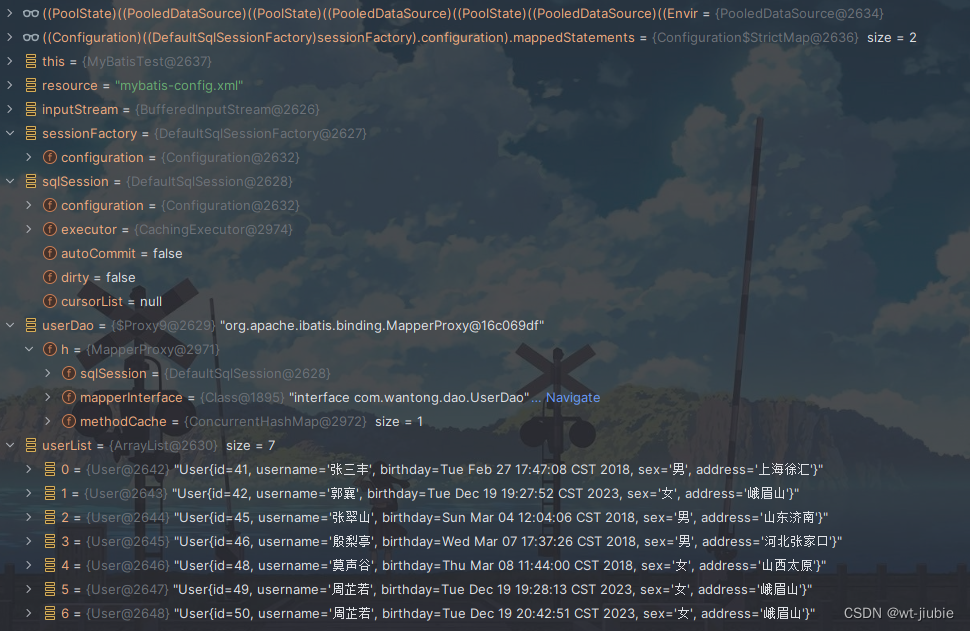
1.13.运行中的流程图
